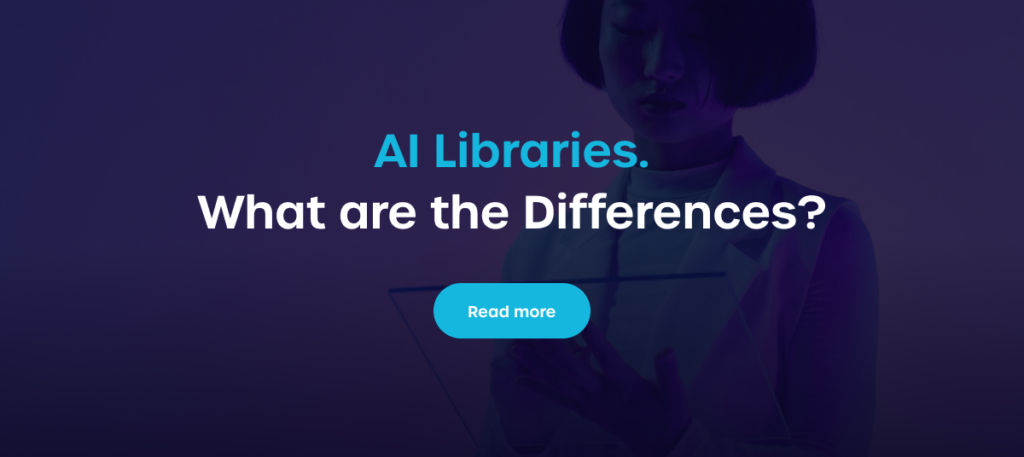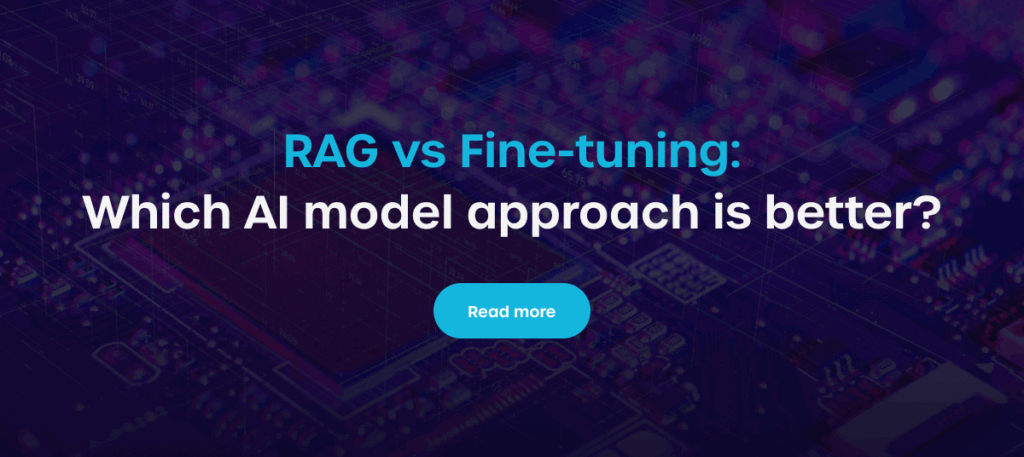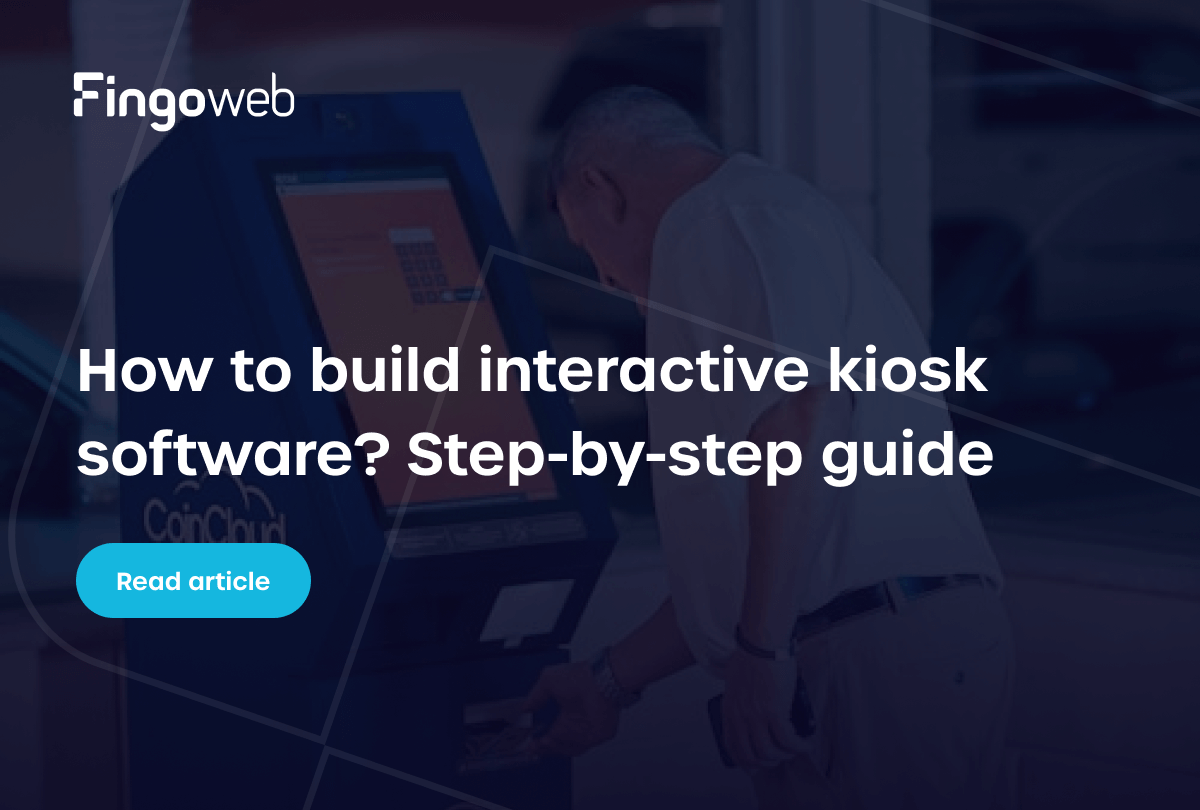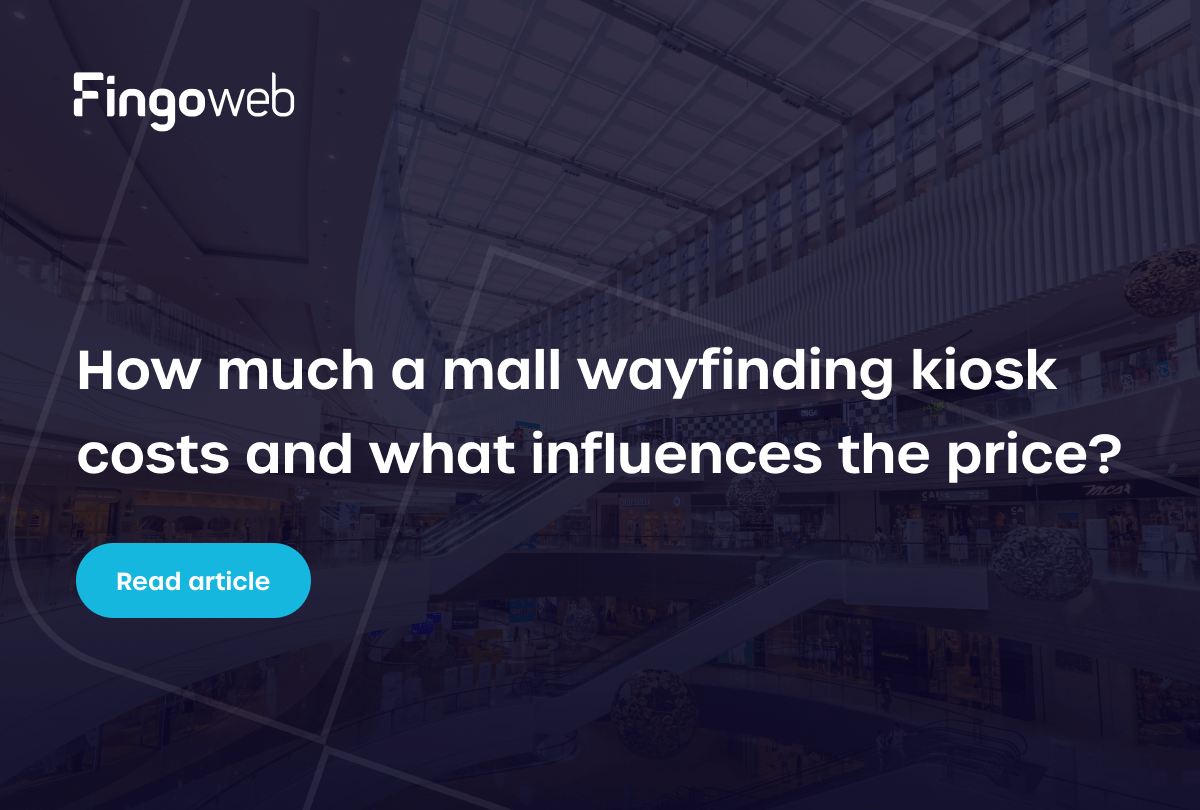As the use of large language models continues to grow across industries, Retrieval-Augmented Generation (RAG) has emerged as a popular solution for improving the accuracy and relevance of AI-generated content. By combining generative models with external knowledge sources, RAG helps reduce hallucinations and ensures access to up-to-date information. However, it is not without limitations – its complexity, reliance on retriever quality, and infrastructure overhead have led many teams to explore other approaches. In this article, we take a closer look at the most promising RAG alternatives, examining their advantages, trade-offs, and ideal use cases. Whether you are building a domain-specific assistant or scaling an AI-powered knowledge base, understanding these options is key to choosing the right architecture.
1. RAG Alternatives: Prompt engineering with context windows
Prompt engineering is an essential practice in optimizing machine learning models, particularly in the realm of Retrieval Augmented Generation (RAG). By carefully structuring prompts, we can effectively inject domain knowledge and cater the response to specific contexts.
Using structured prompts to inject domain knowledge
Structured prompting is a practical technique that enables large language models to generate more accurate and context-aware responses without relying on external retrieval systems like RAG. By embedding domain-specific knowledge directly into the prompt, this method allows for high-quality output without additional infrastructure such as vector databases or retrievers.
Key benefits:
- No reliance on external retrieval – all relevant knowledge is contained within the prompt.
- Lower latency and system complexity – ideal for applications where performance and simplicity are priorities.
- Greater output consistency – especially when using controlled templates and structured formats.
- Improved reliability in predictable domains – where knowledge changes infrequently.
Common use cases:
- Including regulatory guidelines or legal rules within prompts for compliance-focused tools.
- Supplying FAQs or product data for customer support chatbots.
- Embedding workflow procedures or decision logic for operational assistants.
Implementation techniques:
- Define prompt templates with consistent structure (e.g., role-based or Q&A format).
- Insert inline structured data (such as JSON, YAML, or markdown-style blocks).
- Use prompt summarization to fit large documents within token limits.
- Combine with tool-use agents or function calling to enhance capabilities without full retrieval integration.
Structured prompting can be a powerful alternative to RAG when working with well-defined or stable knowledge domains, offering a simpler, faster, and more deterministic solution.
Limitations of stuffing large contexts into LLM inputs
Stuffing large contexts into LLM inputs can lead to several limitations. First, it increases token usage, which raises inference costs and risks exceeding the model’s context window. As the input grows, model attention becomes diluted, often resulting in less accurate or relevant responses. Long inputs can also introduce conflicting or redundant information, making it harder for the model to prioritize key facts.
Additionally, large prompt sizes slow down response times and can trigger truncation or performance degradation. This approach is rarely scalable when dealing with frequently updated or expansive knowledge bases.
2. Toolformer and API-calling models as one of RAG alternatives
Toolformer presents an exciting approach within the field of RAG alternatives by enabling models to interact dynamically with APIs. This represents a shift in how models can autonomously decide when to call external tools, enhancing their responsiveness and adaptability.
Letting the model decide when to call external tools
Allowing a language model to autonomously decide when to invoke external tools (e.g., APIs, databases, calculators, or search functions) introduces a more dynamic and context-aware execution flow. Instead of hardcoding when retrieval or computation should occur, the model evaluates its own uncertainty or knowledge gaps and triggers tool usage as needed. This architecture enables modular and scalable systems where decision-making is offloaded to the model itself through function-calling or agent frameworks.
Advantages:
- Adaptive reasoning – the model can selectively delegate tasks (e.g., fetch real-time data, perform calculations) based on input context.
- Improved response quality – reduces hallucination by pulling in precise, up-to-date information only when necessary.
- Lower average latency – avoids unnecessary API calls for queries that can be answered from internal model knowledge.
Additional insight:
- Models can be fine-tuned or prompted to self-assess confidence levels (e.g., using log-probs or uncertainty heuristics) before deciding to trigger a function call.
- Tool selection can be governed by a routing layer or planner, enabling multi-step reasoning over chains of tools (e.g., "think → retrieve → decide → respond").
This approach is especially useful in applications like conversational agents, coding assistants, or research copilots, where not every query requires external computation, but some critically depend on it.
Example: Toolformer (Meta) and its self-supervised tool usage training
Toolformer, introduced by Meta, is a language model trained to decide when and how to use external tools such as calculators, translation APIs, or search engines. Its key innovation lies in self-supervised training, where the model is first exposed to examples of tool usage by querying APIs in a controlled way and observing the effect on output quality. These examples are then used to fine-tune the model without human labeling, allowing it to learn when tool calls improve responses.
During inference, Toolformer can insert API calls inline as part of its generation process, creating seamless integration between reasoning and execution. This enables more efficient and accurate outputs, especially for tasks requiring external knowledge or precise computation. The approach reduces hallucination and makes the model more adaptive without needing retrieval pipelines like RAG.

3. LangChain agents and function-calling architectures
LangChain agents represent a sophisticated approach within RAG alternatives, linking various components like reasoning, retrieval, and action execution. By utilizing function-calling architectures, these agents facilitate a more interactive and responsive system for user queries.
Using agents to chain reasoning, retrieval, and actions
Agent-based systems, such as those implemented with LangChain, enable large language models to act as orchestrators, coordinating multiple tasks across reasoning, information retrieval, and external tool execution. Rather than producing a single-step output, agents operate in iterative loops, where the model decides what to do next based on intermediate results. This allows for more robust, dynamic workflows that can adapt to complex user queries in real time.
The advantages:
- Multi-step reasoning – agents can decompose problems and solve them sequentially (e.g., search → extract → compute).
- Dynamic tool invocation – the model chooses which tool to use and when, based on contextual needs.
- Stateful processing – memory and intermediate outputs are preserved across steps, enabling iterative refinement.
- Greater task coverage – supports use cases that static prompt templates or retrieval-based systems cannot handle efficiently.
Example capabilities:
- Querying a database, then performing computations on the results before responding.
- Performing multi-hop question answering by retrieving documents, extracting facts, and synthesizing answers.
- Combining search, summarization, and report generation in a single flow.
Implementation notes:
- LangChain agents work by defining a loop where the LLM acts as a planner and tool caller.
- Tools can include custom APIs, document retrievers, web search, calculators, or even other models.
- Memory modules can store conversation history, extracted variables, or previous tool results for continuity.
This agent-based approach offers a powerful alternative to RAG pipelines, especially in scenarios where the task structure is dynamic or spans multiple knowledge and execution domains.
When to use agents instead of embedding-based retrieval?
Agents are more suitable than embedding-based retrieval in scenarios that require dynamic decision-making, multi-step reasoning, or the use of external tools. While retrieval surfaces relevant documents based on similarity, agents can interpret intermediate results and choose the next action accordingly. This is especially useful when user queries are ambiguous, span multiple domains, or require conditional logic.
Agents also handle workflows involving APIs, databases, or calculators, which static retrieval pipelines cannot manage effectively. They enable adaptive interactions where control flow is determined in real time, rather than predefined. In such cases, agents provide more flexible and intelligent responses than pure vector-based retrieval methods.


4. Fine-tuning with domain-specific data
Fine-tuning remains a relevant approach in the AI toolkit, often outperforming generic RAG strategies for specific applications. Conducting targeted fine-tuning on domain-specific data can yield superior model performance, especially in niche areas where unique knowledge is vital.
When classic fine-tuning is one of the best RAG alternatives?
While retrieval-based approaches like RAG offer flexibility and real-time adaptability, they can fall short in highly specialized domains where precision and consistent behavior are critical. In such cases, fine-tuning a language model on carefully curated domain-specific data provides better control, accuracy, and performance.
Use fine-tuning over retrieval when:
- The domain is narrow and well-defined, such as medical protocols, legal clauses, or product-specific knowledge.
- Responses must be highly consistent and deterministic, minimizing variability between runs.
- Latency is critical, and external document lookups would introduce unacceptable delays.
- Security or compliance limits dynamic access to external data sources.
- Knowledge is relatively stable, reducing the need for frequent updates.
Example scenarios:
- A clinical assistant trained on internal healthcare documentation and ICD-10 codes.
- A legal drafting tool that produces contracts with precise, predictable language.
- An embedded AI module in a device with no internet access or retrieval capability.
Classic fine-tuning excels when the model must internalize domain logic, terminology, and tone — especially in use cases where retrieval introduces risk, inconsistency, or performance overhead.
Open-source tools for fine-tuning: LoRA, PEFT, Axolotl
Several open-source tools make fine-tuning more accessible, empowering developers to customize their models effectively. Technologies like LoRA (Low-Rank Adaptation), PEFT (Parameter-Efficient Fine-Tuning), and Axolotl facilitate different methods of efficient adaptation, allowing large models to be fine-tuned with minimal compute and storage overhead. These approaches focus on updating only a subset of model parameters or injecting lightweight adapters, preserving the core model while enabling specialization.
Tools like Axolotl provide streamlined workflows for training and evaluation across various hardware setups and model architectures. This makes them particularly useful for domain-specific applications, where full fine-tuning would be cost-prohibitive. As interest in open-weight models grows, these tools play a key role in enabling secure, private, and efficient model customization.

FAQ - RAG alternatives
What are the best RAG alternatives for production-level AI?
The best RAG alternatives often include tools like LangChain agents and fine-tuning methodologies that leverage domain-specific data, as they tend to yield improved contextual performance in real-world applications. These alternatives allow developers to create systems that are both efficient and effective for varied use cases.
Can LangChain agents function as RAG alternatives in complex workflows?
Yes, LangChain agents have the capability to enhance or even replace traditional RAG setups in complex workflows. Their ability to manage multi-step reasoning and execute diverse actions allows for a dynamic and contextually-aware interaction, leading to superior handling of intricate tasks.
Is fine-tuning still better than RAG for narrow domain tasks?
For narrow domain tasks, traditional fine-tuning usually outperforms RAG alternatives. The specialized knowledge and tailored responses achieved through fine-tuning often lead to higher accuracy and reliability, making it a more effective choice in such scenarios.
How does Toolformer differ from RAG-based pipelines?
Toolformer distinguishes itself from RAG-based pipelines primarily through its self-managed API interactions, allowing for more adaptive responses. Unlike RAG which often relies on pre-defined retrieval methods, Toolformer dynamically decides when to utilize additional tools for enhanced outputs.
What is the most lightweight alternative to Retrieval-Augmented Generation?
The most lightweight alternatives to Retrieval-Augmented Generation often come from leveraging simple retrieval mechanisms combined with prompt engineering. These methods can provide efficient responses without the complexity of full-scale RAG systems, making them accessible for various applications without heavy computational demands.







